
Sign in to your Collider account
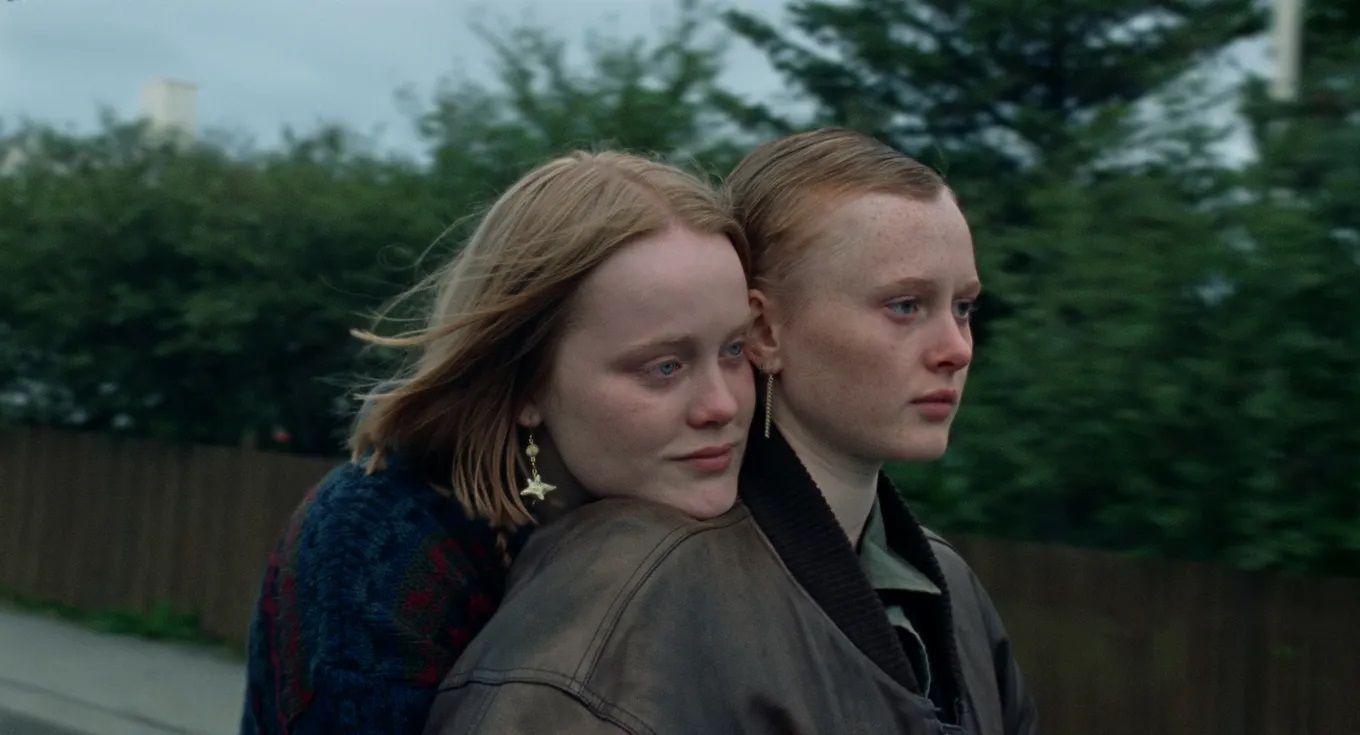
The USA National Academy of Sciences states that around 45,000 years ago, prehistoric humans first traced their hands on cave walls and carved depictions of pigs into ochre. From then on, humans would illustrate, paint, sculpt, scrawl, and pass down verbal stories to one another. A few thousand years of evolution gone by, and humans would create music and poetry. Architecture and moving pictures could tell stories, songs, and oil paintings could express a specific feeling. Human beings have always used art, in some shape or form, to make sense of our time on this floating rock, to express ourselves, or to leave our mark and make it known that we were here. Other creatures have been proven to hold the ability to harbor emotions, even mourn; but creating art is something innately unique to mankind, and arguably what truly separates us, and makes us human. Themes and the processing of emotions are at the core of creating art, including the greatly abhorrent feeling of grief. Perhaps the best artist this year to tackle the processing and experience of loss is Icelandic filmmaker Rúnar Rúnarsson (2019's Echo) and his film When the Light Breaks (Ljósbrot in Icelandic).
What Is 'When the Light Breaks' About?
The blustery film opens with two young university students, Una (Elín Hall) and Diddi (Baldur Einarsson), relaxing on the rocky Icelandic shoreside, gazing out over the ocean at a pastel sunset. They discuss life, school, and the future, including Diddi breaking up with his current long-distance girlfriend, Klara (Katla Njálsdóttir) so that he and Una can be together properly. They smoke, giggle, and embrace one another for the evening, exchanging giddy I love yous. And then the next morning Diddi is gone. There was a tunnel accident – an explosion that caused several casualties, and Diddi was among the victims. As this devastation washes over her, we are right alongside Una as observers, feeling her real-time confusion and denial, her palpable anguish and shock. There’s panic as she locates friends and family amidst the chaos, there’s seething rage to be felt and a terrifying numbness to take hold. And the audience, like it or not, is joined at the hip with Una and her peers as they navigate these first 24 hours after a loss, and the hellish waves of non-stop, undulating emotion to be felt along the gritty path to eventual healing.
Una meets with her family, and friends, attempting to support one another as best they can. Together, they try to decide how to best navigate and tackle this first day – the first of forever, for the rest of their lives will be this altered reality without Diddi. Una is thrown into the mix of mourning friends with Klara, Diddi’s still-girlfriend, whom he never got the chance to end things with before his passing. What at first is means for some uncomfortable air turns into a beautiful understanding, a connection made as both women grieve over the same lost love. Their dynamics are never spoken aloud, but there’s a remarkable understanding between Una and Klara that brings them closer in their grief – a bond that would have never happened, if not for Diddi’s death. This is just a minute example Rúnarsson offers of the growth and a certain profound weight to be born out of shared grief and pain. And it’s unexpected as it is eye-wateringly beautiful.
The cast of When the Light Breaks is primarily comprised of rookie and first-time actors, which is perhaps the most groundbreaking factor of the entire production. Every single performance is raw and painfully genuine, causing viewers to feel like they are invading something clandestine, moments that should be had in private. But Rúnarsson doesn’t shy away from the uncomfortable or unbearable; instead, he forces his audience to gaze into the face of someone else’s sorrow, misery, and torment. Elevating these performances with her craft is cinematographer Sophia Olsson (The Crown). She captures the magnificence of the stark Icelandic landscape —whether it be a Nordic storm or a grieving community — the same way she does the actors: by finding the meaning amidst the maelstrom. Coupled with unique, moving music by Jóhann Jóhannsson and Andri Steinn Guðjónsson’s precise editing, the film is a concise snapshot of an experience most would rather soon forget.
'When the Light Breaks' Looks at Humans' Relationship With Grief and Art
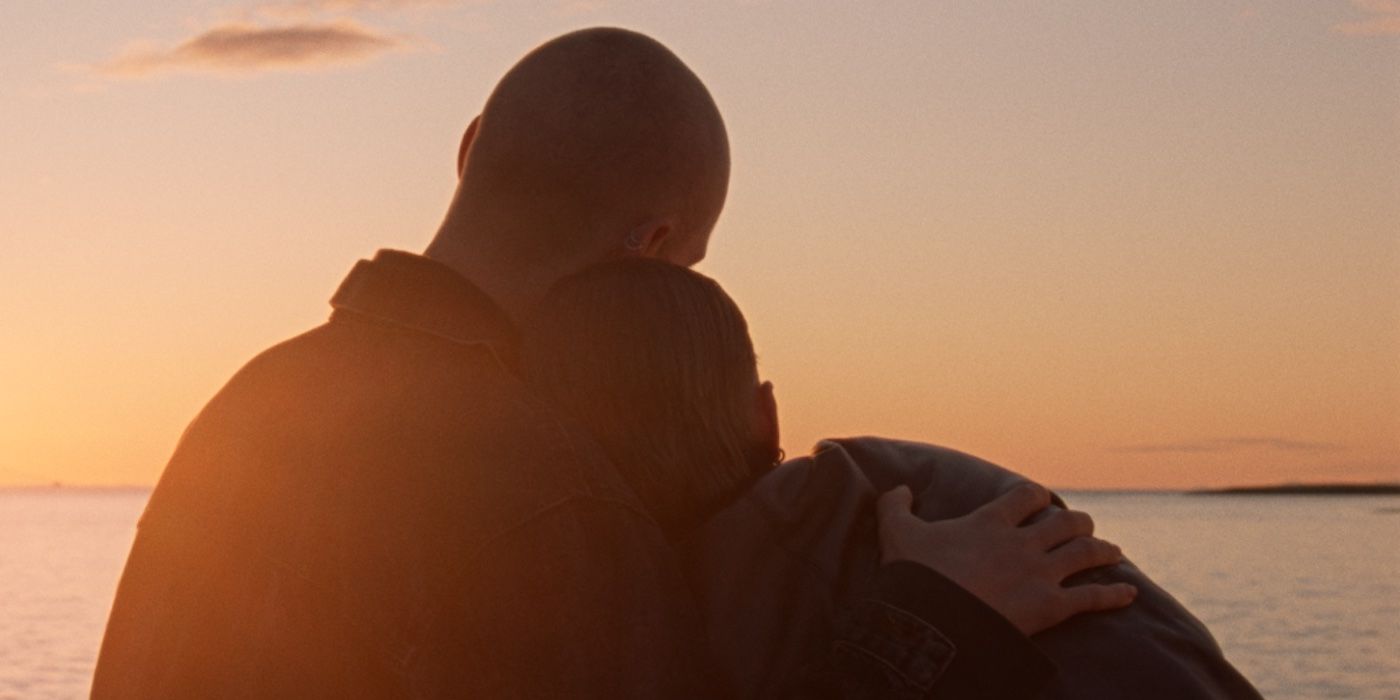 Image Via Jour2Fête
Image Via Jour2Fête To anyone who has experienced a sudden loss, When the Light Breaks is the poignant and eerie reflection of a day that can be so personal, yet also so universally understood. It’s enigmatic how, through his writing and directing, inexplicably Rúnarsson takes his dreamlike vignette of such a specific human experience and creates something so ubiquitous. (Not to mention accomplishing this feat in less than a 90-minute runtime.) Anyone who’s ever lost a loved one knows that reality is altered forever and tomorrow will never look the same, everything is to be second-guessed, there are regrets to comb over, and “what ifs” to be dissected. Like we experience with Una, sometimes tears turn into uncontrollable laughter, sometimes the other way around. And how lucky she is to be surrounded by others who understand and are unmovingly there for her.
When the Light Breaks recognizes there is somewhat of a delicate yet feral nature that humans exude while in the throes of anguish. Gone is the poise and self-control we put on with our clothes for the world each day, and out emerge some of the most animalistic qualities we regularly stifle. There is often no sense to be made as the brain scrambles to process, the heartaches, lumps in the throat are formed and a lack of sensation in the extremities begins. But Rúnarsson understands that this horrific, ugly emotion is what makes us inexplicably human, and also how gorgeous is it that we, as humans, forever have and always will create art to accompany us on this journey. Perhaps a cave dweller of the past grieved a loss and was pulled by some force to carve into stone to express the pain she felt in her chest. Just as, in the 21st century, a filmmaker like Rúnarsson can experience a tragedy and be moved to create a film like Ljósbrot: a modern pig, carved into ochre.
When the Light Breaks had its world premiere at the 2024 Cannes Film Festival.

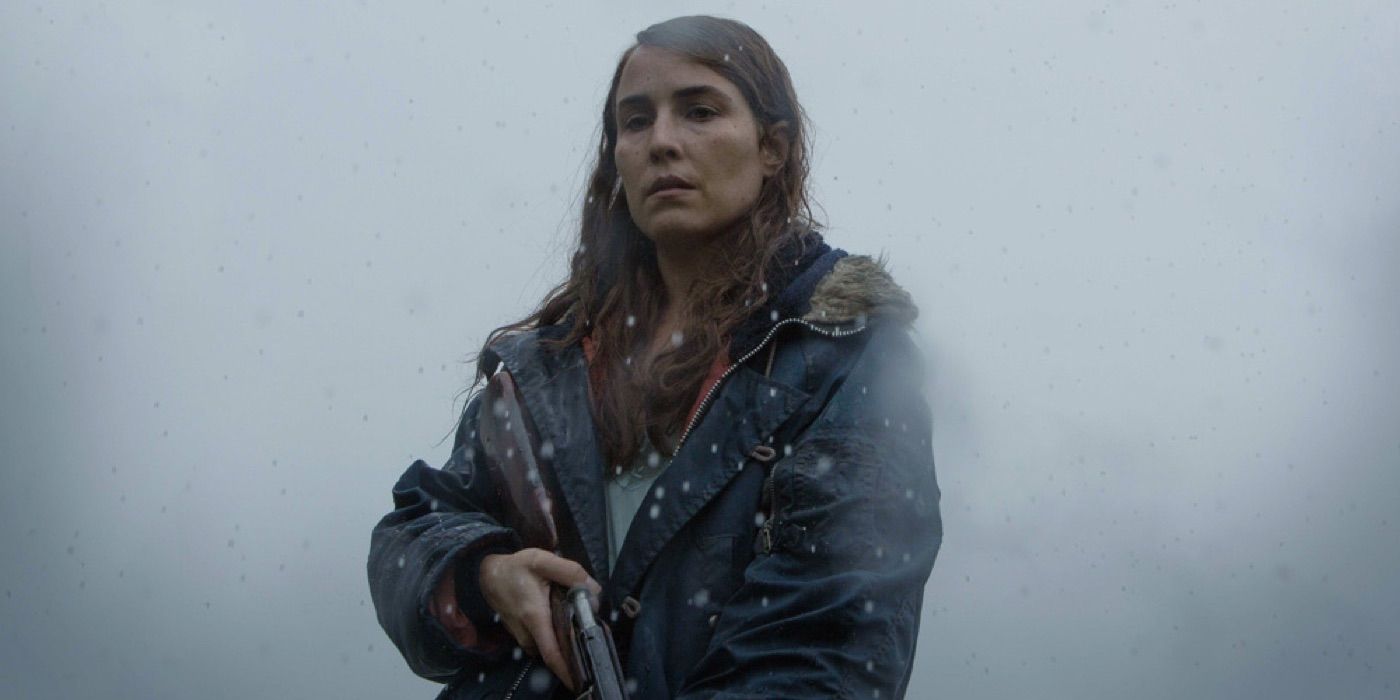
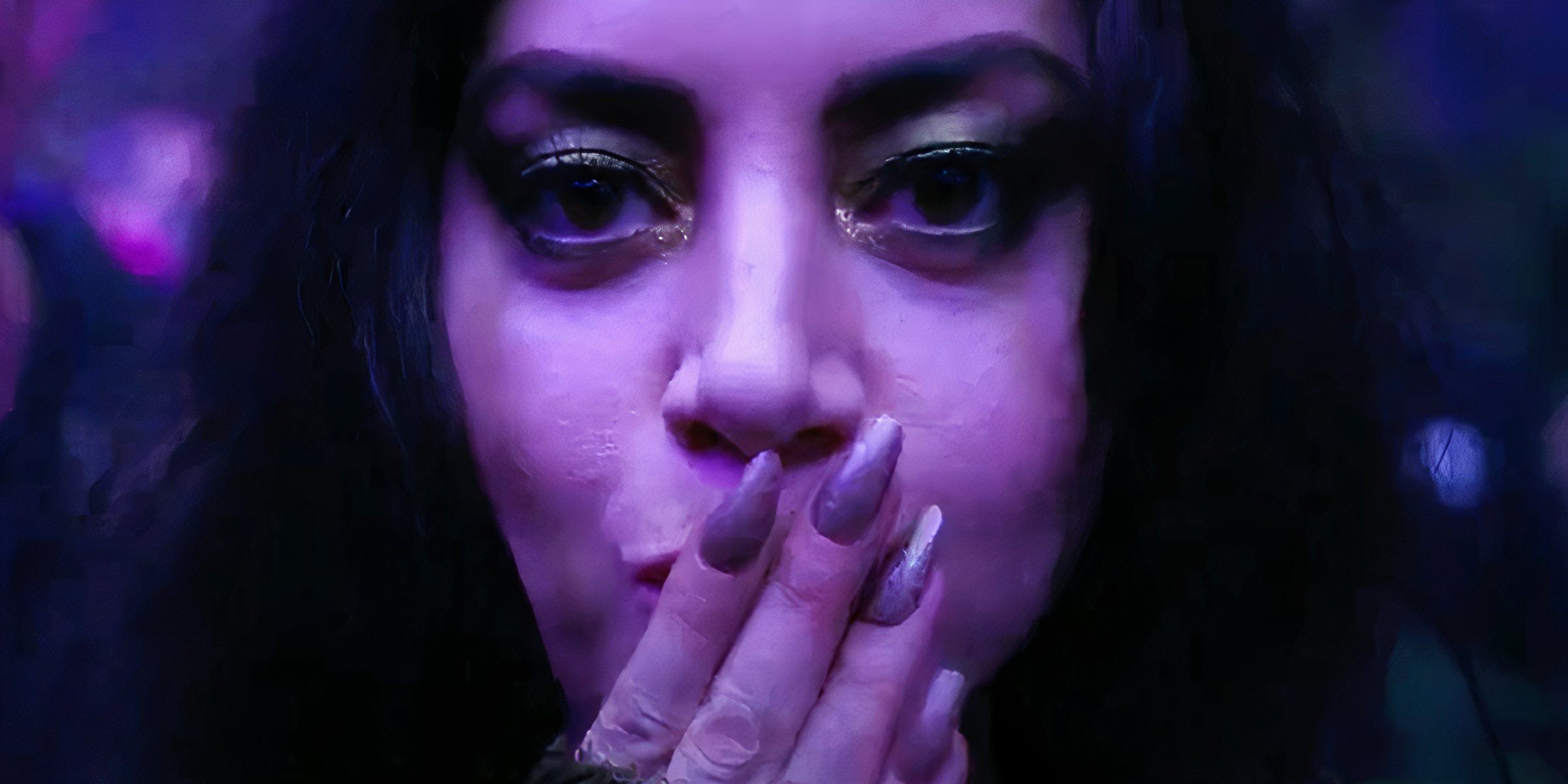
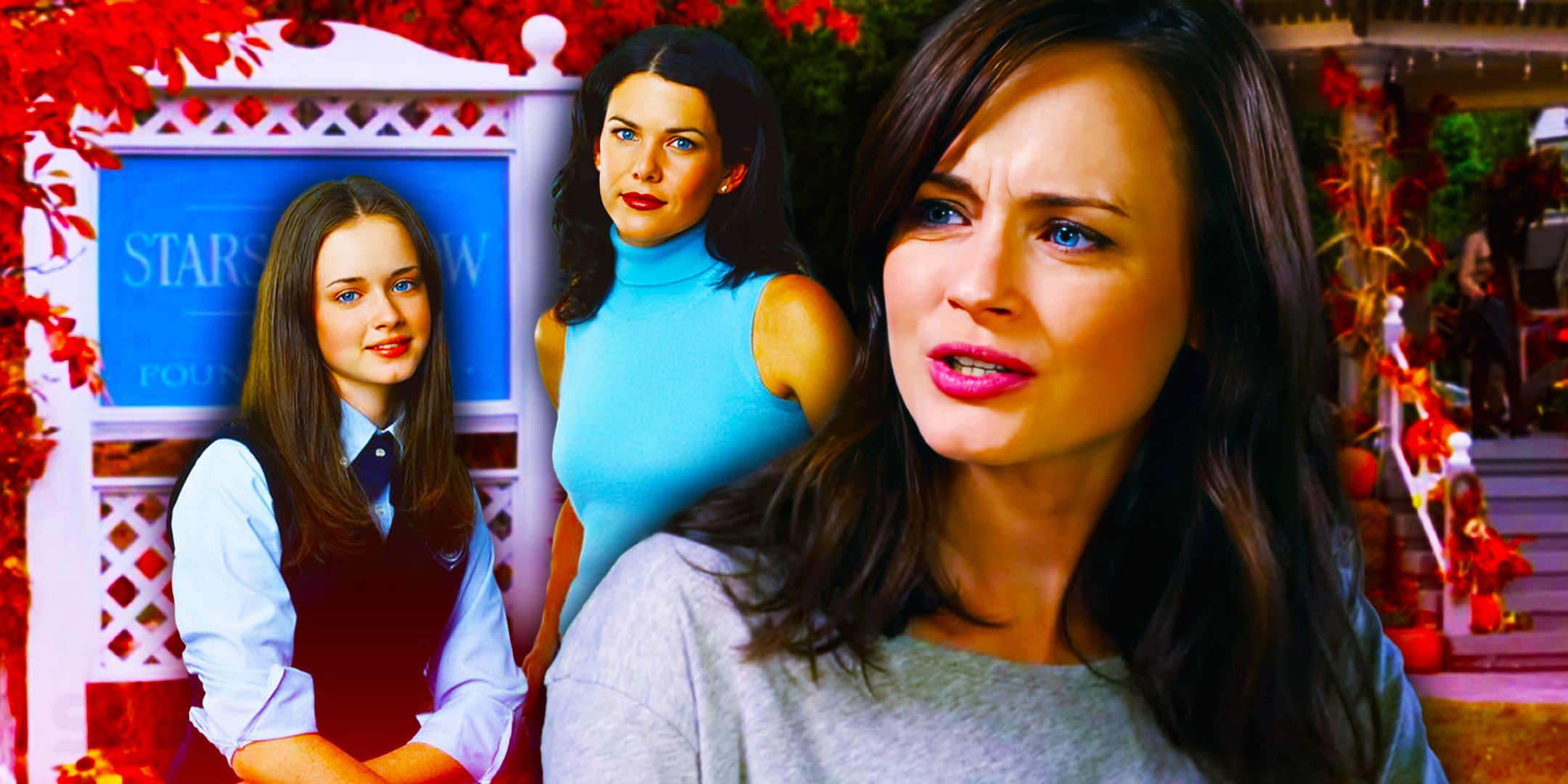
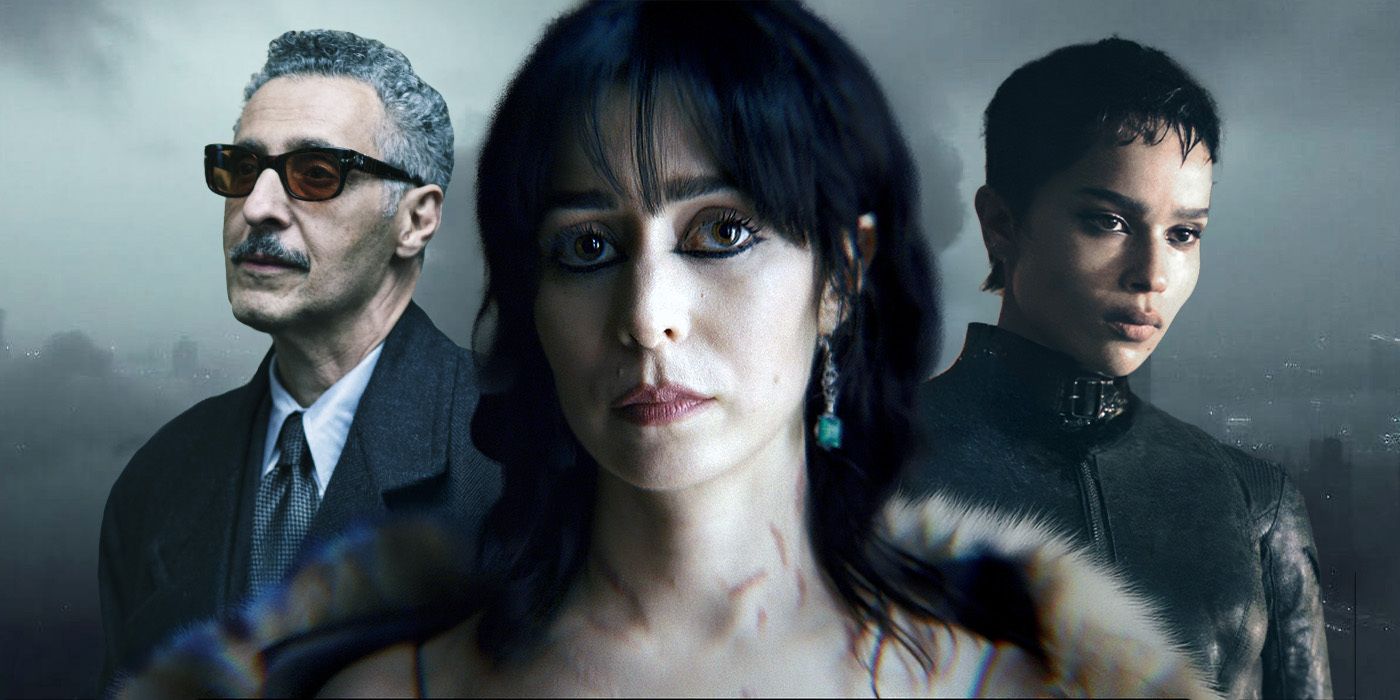

/cdn.vox-cdn.com/uploads/chorus_asset/file/25242409/20230608_Palworld_Screenshot_02.png)



 English (US) ·
English (US) ·